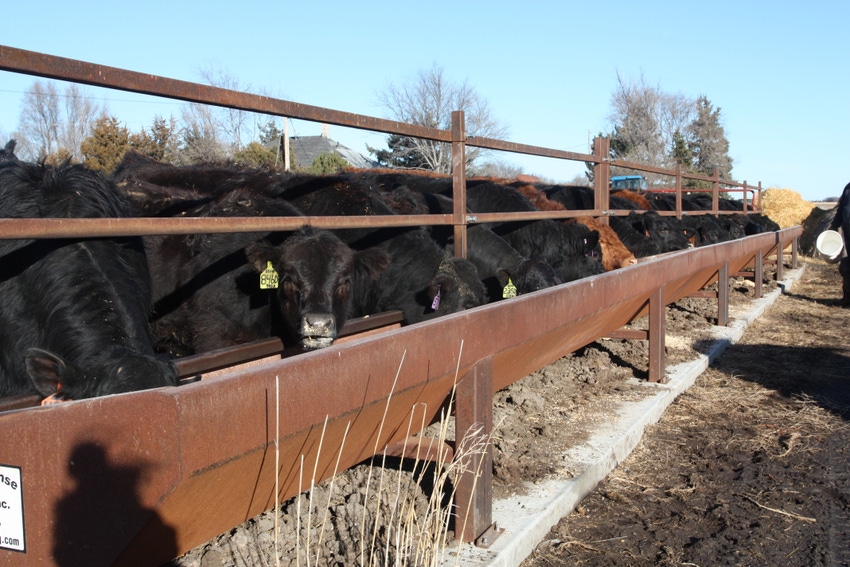Need to review your ranching enterprise’s financials? Start with these simple equations and go from there.
March 7, 2017

I recently read an ongoing debate on Facebook amongst some ranching friends who were discussing good debts vs. bad debts and how to make the call when it comes to their own agricultural enterprises.
While the conversation got heated pretty quickly, it was a good reminder to evaluate our own investments and update our goals for the year. This, of course, coincided with preparation for our upcoming tax appointment, so needless to say, it was a weekend of punching numbers and making adjustments for 2017.
Jason Bradley, an agricultural economics consultant for The Samuel Roberts Noble Foundation, recently put together guidelines for keeping solid financial records. His write-up includes five financial questions that can assist producers in making informed economic decisions in their operations.
Here are Bradley’s financial ratios to calculate:
1. Liquidity
Current Ratio = Total Current Assets ÷ Total Current Liabilities
Bradley writes, “The most common measurement for liquidity is a current ratio. Current assets are things that are cash or are expected to be sold within a year's time. This could include the cash you currently have or crops and livestock you expect to sell. Current liabilities are the debt payments upcoming within the next year. A good current ratio to strive for is 2.0. This shows you have twice as many current assets as you do current liabilities. As this ratio moves closer to 1.0, the ability to pay outstanding debts becomes more strained.”
2. Solvency
Debt-to-Asset Ratio = Total Operation Debt ÷ Total Operation Assets
“Measuring for solvency can be achieved by looking at the debt-to-asset ratio,” says Bradley. “This ratio can tell you how much of the operation is owned by the operator. This is something lenders consider when evaluating the level of risk they would be taking on when issuing a loan. A good midpoint for this ratio is to have a total debt of half of the total assets, or a ratio of 0.5. A good goal is to have a debt-to-asset ratio of 0.3 or less.”
3. Profitability
Net Farm Income = Gross Income (total income or revenue without anything taken out) – Cash Farm Expenses +/– Inventory Changes – Depreciation
Bradley explains, “A rate of return-on-assets, or ROA, is used to show how well an operation's assets create income. A ROA of 0.01 or less indicates the assets are not creating a desirable level of profit to the operation. A good ROA is considered to be 0.05 or greater.”
For Bradley’s final two financial equations, including repayment capacity and financial efficiency, click here.
Of his financial ratio calculators, Bradley writes, “While these ratios are good indicators, they are only that – indicators. The levels mentioned above are starting points to work with. Each operation is different and will have different needs. An operation that is just getting started would be expected to have a much higher level of debt than an operation that has been going for the last 40 years. By looking at the information provided by your financial records, you can better plan for the future of your operation.”
The opinions of Amanda Radke are not necessarily those of beefmagazine.com or Penton Agriculture.
About the Author(s)
You May Also Like





